What to combine with Miscanthus s. Graziella?
sue36
17 years ago
Related Stories

PLANTING IDEASGreat Garden Combo: 5 High-Intensity Plants for High-Intensity Sun
Blend bold foliage and flowers to create a powerful combination that will hold its own even in the harsh light of midsummer
Full Story
GARDENING GUIDESNew Ways to Think About All That Mulch in the Garden
Before you go making a mountain out of a mulch hill, learn the facts about what your plants and soil really want
Full Story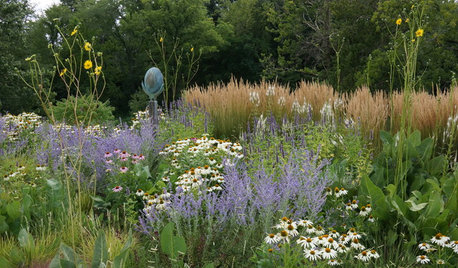
GARDENING GUIDES6 Gorgeous Plant Combos With Low-Water Ornamental Grasses
Use a variety of plant heights, textures and sizes, as well as leaves and flowers in varying colors, for a pleasing design
Full Story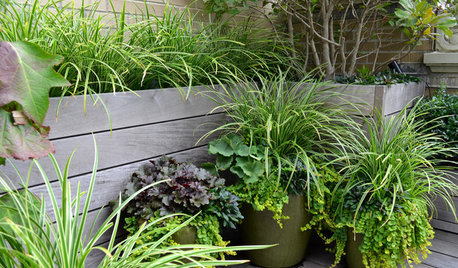
PLANTING IDEASCreate High-Impact Container Gardens With Grasses
When it comes to adding drama, texture and panache to a pot, these strappy species are hard to beat
Full Story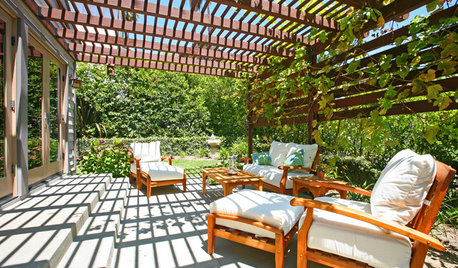
LANDSCAPE DESIGNThe Abundant Garden Makes Room for Plants
Gardens focused on plants provide joy and solace with their billowing layered beds, overflowing containers and walls of green
Full Story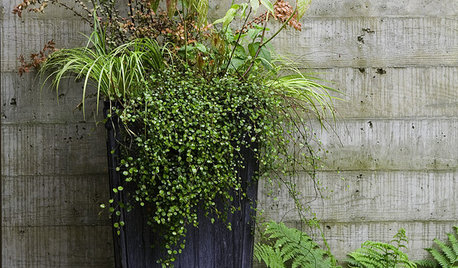
GARDENING GUIDESThe Secret Formula for Grouping Plants in a Pot
Designing a gorgeous container garden is easy once you know this simple rule of thumb for composition
Full Story
FALL GARDENINGHouzz Call: Show Us Your Fall Color!
Post pictures of your fall landscape — plants, leaves, wildlife — in the Comments section. Your photo could appear in an upcoming article
Full Story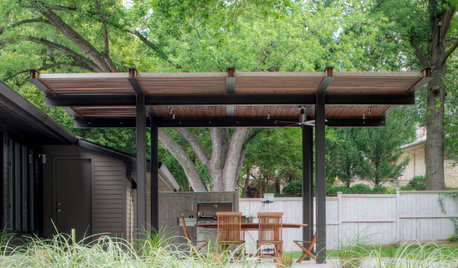
PATIOSPatio Details: A Modern Pergola Stands Up to Nebraska’s Climate
Challenging weather is no match for this family's tough but elegant-looking outdoor space
Full Story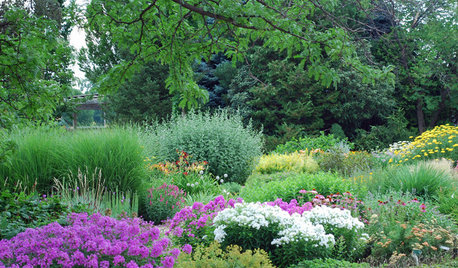
LANDSCAPE DESIGNTake Your Garden on a Rural Route With Plant-Dominant Designs
Let plants take center stage for a garden that recalls idyllic pastures fashioned by nature's hand
Full Story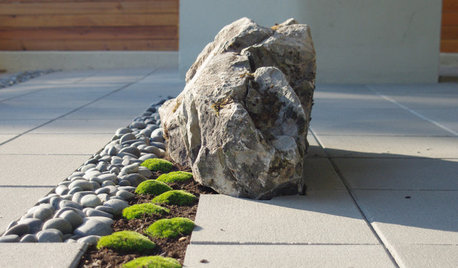
LANDSCAPE DESIGNDare to Mix Things Up in the Landscape
Courageously contrast plantings, materials and structures in your garden to create unexpected beauty and intrigue
Full Story






donn_
sue36Original Author
Related Professionals
La Marque Landscape Architects & Landscape Designers · Medford Landscape Contractors · Framingham Landscape Contractors · Golden Gate Landscape Contractors · Longmont Landscape Contractors · South Farmingdale Landscape Contractors · Tinton Falls Landscape Contractors · Wallingford Landscape Contractors · Hueytown Landscape Contractors · Eastvale Solar Energy Systems · Coatesville General Contractors · Dallas General Contractors · Enfield General Contractors · Norristown General Contractors · Stillwater General Contractorsdonn_
sue36Original Author
leslie197